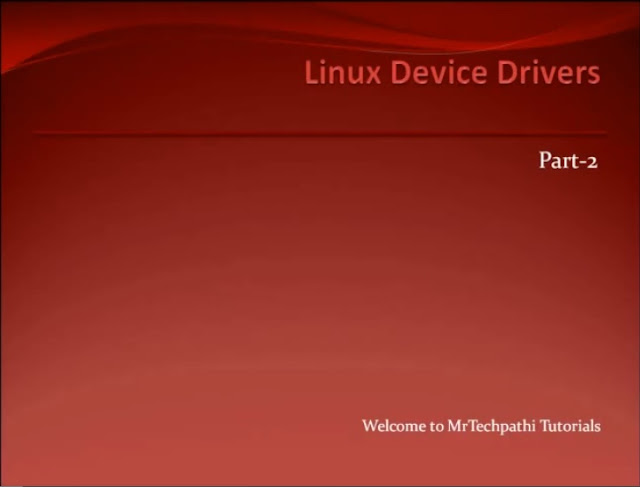Linux Device Drivers - Part 4 : Linux Kernel Moduels (LKM) and types of LKM's

In this sesssion, we will discuss about Linux Kernel Modules Base Kernel, User Space and Kernel Space Types of Linux Kernel Modules, Which module type to choose while Kernel Programming ? Location of Linux Kernel Modules in a linux PC. What exactly is a module in Linux ? Its a piece of code that can be added to the Base Kernel. We will be discussing about Base kernel in coming slides. If you are planning to add some code to kernel, then it means you are adding a module to Linux Kernel.We can't just add code to Linux without any purpose. We add code to make a device (like printer,bluetooth dongle etc) to work.We call this piece of code as device drivers in Windows. Assuming many are familiar with Windows, we can draw one conclusion.As we have device drivers in Windows Operating system, we have modules in Linux Operating system.In short, Devices Drivers are called modules in Linux Operating system. Both terms can be used interchangeably. Before knowing about Modu...
